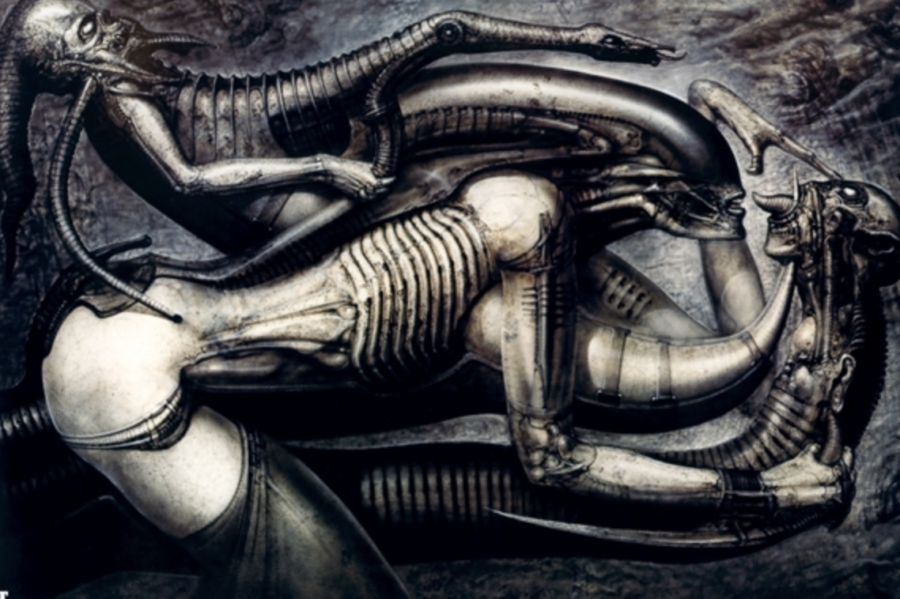H.R. Giger, Father Of Alien’s Xenomorph, Passes Away At 74
Thanks for the nightmares, sir.

Swiss surrealist artist H.R. Giger, best known for designing the iconic, unforgettable xenomorphs from the Alien franchise, has died from injuries sustained from taking a fall down some stairs. It is a tragic end for a massively talented man who helped shape the landscape of big-screen science fiction.
Sandra Mivelaz, administrator of the H.R. Giger Museum in Switzerland, announced that Giger died in a hospital on May 12, 2014. He was 74.
H.R. Giger’s work blended biological and mechanical imagery to create disturbing, fetishistic nightmare visuals that made him perfectly suited to the task of designing one of the most terrifying creatures ever to emerge from science fiction.
His work on Alien earned him an Academy Award for Best Achievement for Visual Effects in 1979 (shared with Carlo Rambaldi, Brian Johnson, Nick Allder, and Dennis Ayling). H.R. Giger’s style and creations have been referenced, riffed on, and outright ripped off countless times in the decades since Ridley Scott’s classic film laid eggs our collective pop culture consciousness.

Nor was the Alien franchise H.R. Giger’s only show-business work. He worked on Poltergeist II; designed Sil, the creature from Species; and his designs for the so-called “Space Jockey” from Alien were resurrected in a major way for Ridley Scott’s Alien prequel Prometheus.
H.R. Giger was also part of the team enlisted for director Alejandro Jodorowsky’s epic, ill-fated attempt to bring Frank Herbert’s Dune to the big screen back in the ’70s — a team that also included Orson Welles, Pink Floyd, and artists Chris Foss and Jean Giraud (Moebius).
H.R. Giger was also a creative consultant on a 1996 horror/comedy called Killer Condom. Pro-tip: if your condom looks like something designed by H.R. Giger, just walk away.
His work also graced a couple of album covers: one on Debbie Harry’s 1981 album “Koo Koo,” and the below image from Emerson, Lake and Palmer’s 1973 album “Brain Salad Surgery.”
H.R. Giger is definitely one of those artists whose work was always destined to outlive him many times over — in galleries, on movie screens, and even in the odd themed bar. In a 1979 interview with Starlog, he said, “”My paintings seem to make the strongest impression on people who are, well, who are crazy. If they like my work they are creative … or they are crazy.”
Well, just call us crazy. We’ll see you in our nightmares, Mr. H.R. Giger.












